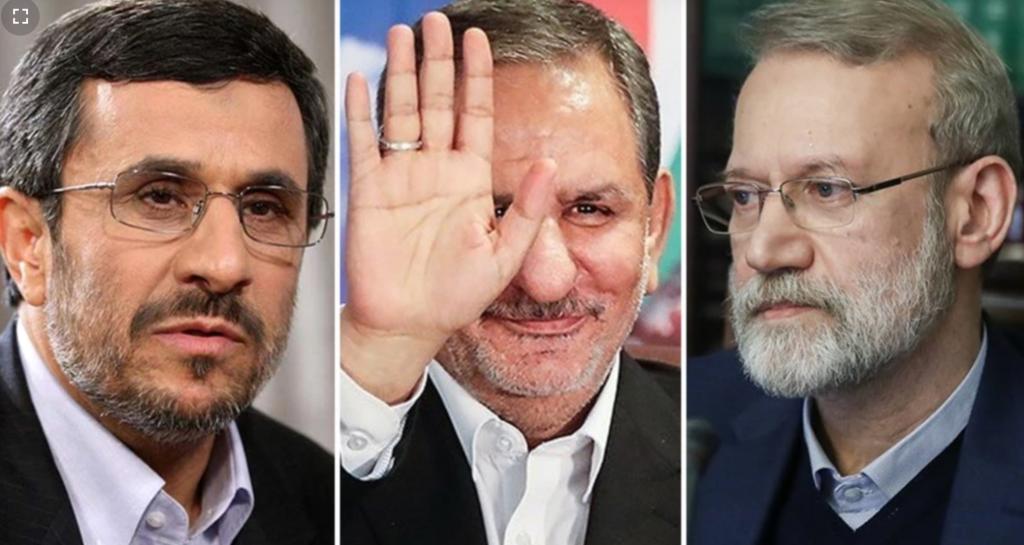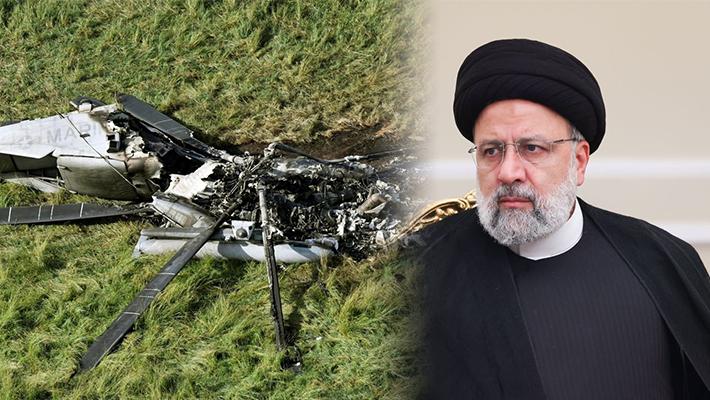Who will be Iran's next President? Dying hope
On June 9, Iran’s Guardian Council approved the country’s hardline parliament speaker and five others to run in the country’s June 28 presidential election following a helicopter crash that killed President Ebrahim Raisi and seven others.

While all five candidates are considered close to the regime's conservative wing, former President Mahmoud Ahmadinejad was again barred from participation in the upcoming elections following his disputed re-election in 2009. Among the rejected candidates are moderate former Parliament Speaker Ali Larijani – who was considered one of the frontrunners – and former Vice President Eshaq Jahangiri. The Guardian Council does not explain why it has publicly rejected a candidate. What is known is that its members decide on a candidacy based on perceived loyalty to the government of Iran.
This election comes at a time when Iran is experiencing unparalleled internal and regional tension. Domestically, there is a palpable sense of anticipation and uncertainty. Regionally, the once-covert Iran-Israel conflict has escalated into open, direct military confrontations, adding to the nation’s turmoil. Iran's regional confrontation with the immediate neighbourhood escalated significantly in the last two years as tensions threatened fragile security. The situation ignited with the outbreak of the Hamas–Israel war in the Gaza Strip, with occasional skirmishes between Israel and Hezbollah based in Lebanon.

Although President Ebrahim Raisi’s death did not significantly undermine Iran’s regional position, the result of the upcoming elections is important in terms of maintaining domestic stability within the regime’s interests. Hence, the election campaign will likely include live, televised debates on Iran’s state-run broadcaster. The list of candidates includes Mohammed Bagher Ghalibaf, Saeed Jalili, Masoud Pezeshkian, Amir-Hossein Ghazizadeh Hashemi, Alireza Zakani, and Mostafa Pourmohammadi.
Saeed Jalili is a former secretary of the Supreme National Security Council and nuclear negotiator who is thought to be Ayatollah Khamenei's favourite. As head of Iran's nuclear negotiating team, Jalili repeatedly stonewalled the talks with five world powers while Iran advanced its nuclear program. Therefore, he is seen by many as a largely tedious, hardline Islamist ideologue with no executive experience.

While all candidates are conservatives, Masoud Pezeshkian appears to be the only exception due to his close alignment with the reformist wing. Pezeshkian is famous for his liberal stance regarding the ethnic minorities in Iran and calls for diplomatic engagement with the West to ease economic sanctions and make some concessions on issues like nuclear program and proxy warfare strategy. However, the prospects of a reformist president in Iran look poor compared to hardliners.
The present Speaker of Parliament, Mohammad Bagher Ghalibaf, is another candidate with a good chance. He is a regime insider and former general of the Revolutionary Guards with good ties to the conservative wing. Before the current elections, Ghalibaf is making his fourth presidential bid, having lost in 2005 and 2013 and withdrawn in 2017 to avoid splitting the conservative vote.
Seemingly, real alternatives to Iran’s hardliners have simply not been allowed to stand for office in the last few elections, as those alternatives have, in the eyes of the majority of the population, lost credibility anyway due to their failure to deliver change. Therefore, Ghalibaf and Jalili stand out as the immediate frontrunners with real chances to replace the late President Raisi. However, neither Jalili nor Ghalibaf are able to introduce significant changes to Iran’s foreign policy agenda given the role of the Supreme Leader.

Indeed, the new loyal President will be another essential pillar of Iran's upcoming smooth power transition, thus replacing the long-term ruler Ayatollah Ali Khamenei. The Supreme Leader and the Revolutionary Guards make the final decisions, and even in the region, Iran's regional policy is mainly implemented. The Supreme Leader is the most powerful political and religious person in Iran and is elected by a two-thirds majority of the 88-member Assembly of Experts. Members of this Assembly are elected every eight years by the voting public, and again, candidates are vetted by the Guardian Council.
Moreover, the new conservative President will also face a strong anti-government backlash that reached its peak point during the Raisi era in 2023. Nevertheless, despite the ongoing crisis, the current political regime is against making any concession and giving up its main principles.








